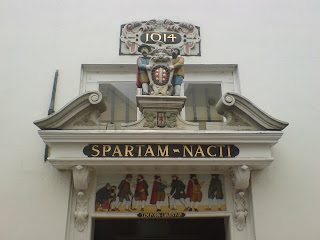
The last post. This is the River Moervaart back to Lokeren to moor Snail for the winter, following our friends from England that we welcomed to Belgium back in May.
It's been a varied year full of memorable experiences. And next year?
We are hearing rumours from boating associations as well as commercial ships that the French waterways authority (the VNF) are seriously threatening to close for good 1300km of canals to save money. They will do this over the next two years with the loss of more than 400 jobs. It seems sensible to head for these while they are still there to be explored.
Paris in the springtime, here we come.

















































